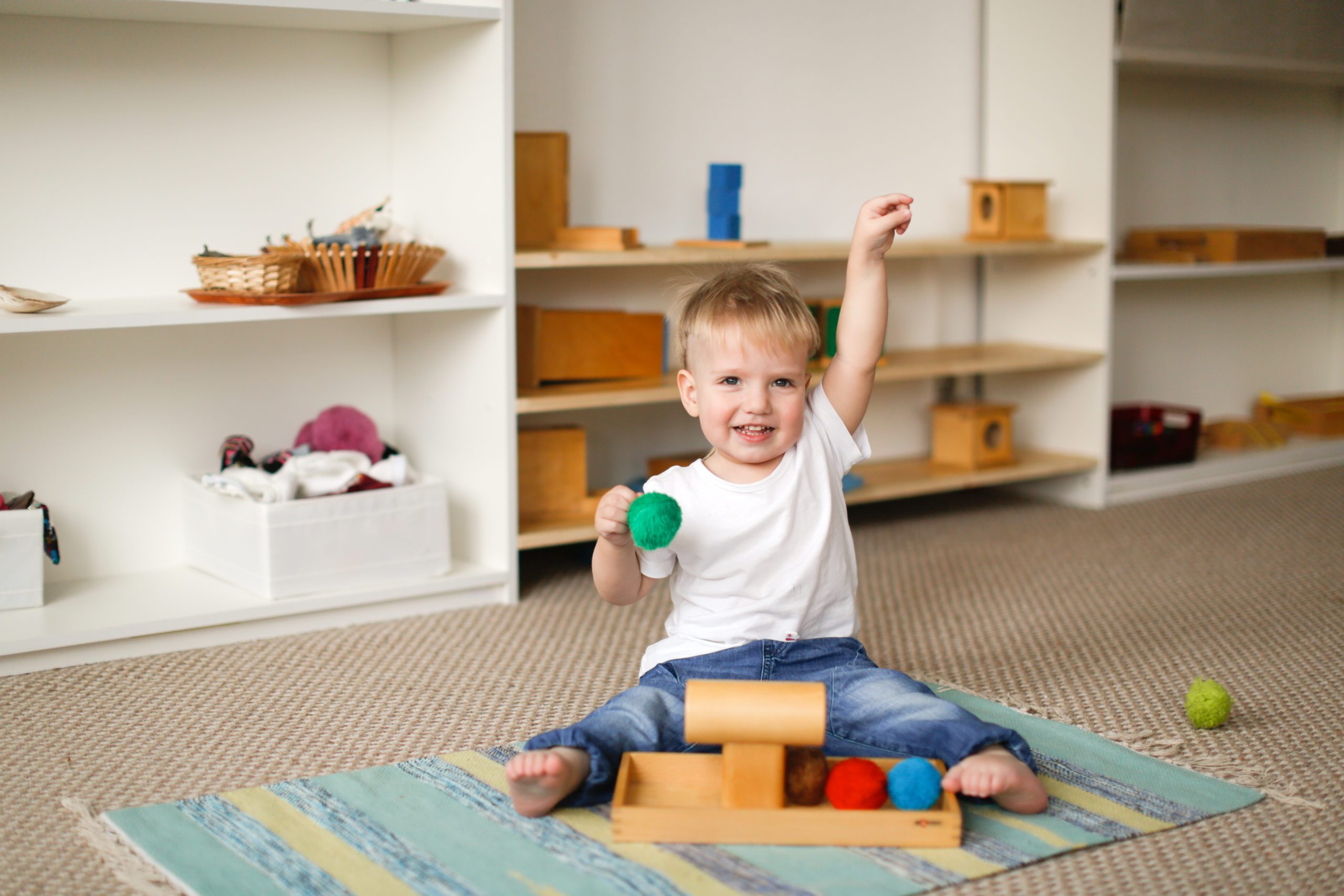
01 Mar How Does The Three-Year Cycle Work?
Are you curious about what a Montessori education could mean for your child’s development? As one of the core practices used in Montessori education, the three-year cycle will help your child grow their confidence and independence, learn how to work with small and large groups, and apply their newfound skills to more abstract challenges. This is all done from age three to six. In that time, your child will stay with the same teacher in a multi-age classroom. For all the information you need on how the three-year cycle can accomplish this, read on!
If you are looking for a Montessori school for your child in Richmond, TX, or the surrounding areas, contact Meadow Montessori today!
Overview
Montessori Classrooms are traditionally grouped into age ranges. Typically, classrooms will be designated either as infant (0-18 months), Toddler (18 months-3 years), or early childhood (3-6 years) classrooms. The three-year cycle occurs during the early childhood phase. In that time, they will remain with the same teacher and students they began with but will also share the classroom with other students at their own stages of the three-year cycle. Each year of the cycle is different, but at each stage, students are always encouraged to build on, explore, and focus on their existing knowledge to the point of mastery upon completion of the cycle.
For more information on the three-year cycle, check out this blog from Sugar Mill Montessori School.
Year-By-Year Breakdown
Year One
The first year is built around establishing and building on fundamentals. Entering the cycle at age 3, students are introduced to their new environment, which is full of opportunities to learn new skills and work with new materials. Exploration is a big part of this stage. Allowing year one students to explore at their leisure in a space designed for them to learn encourages them to be more independent and aids in growing their confidence.
Year Two
In year two, students are encouraged to explore their skills further to refine them. Teachers will introduce students to collaborative work with their peers during this year. The repetition of tasks and skills they have completed their entire first year helps students become more coordinated and teaches them to stay focused.
Year Three
The last year of the cycle is where students can begin to translate the skills they have been learning to more abstract challenges. For example, during year three, a student should start to grasp the concept of quantity when it comes to numbers; the mastery for this skill is reached when the student begins to understand the basic idea of addition and subtraction. As another example, students at this age will be able to recite their letter sounds and may begin reading.
This is the year where the advantages of the multi-age classroom are really shown. As three-year students begin to master their skills, they are encouraged to share and help their younger peers, aiding in leadership and cooperative skills in the older students while doing the same for listening and comprehension skills in younger students.
How to Get Started
Have you decided that Montessori education is right for your family? The first step to getting started is reaching out to a local Montessori school to inquire about their admissions process and schedule. If you are in or around the Richmond, TX area, contact Meadow Montessori today!


Sorry, the comment form is closed at this time.